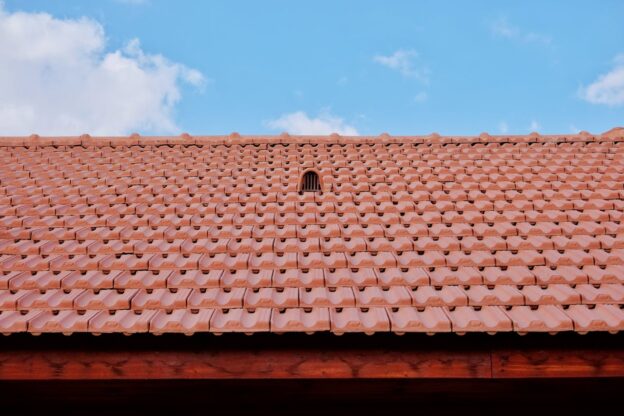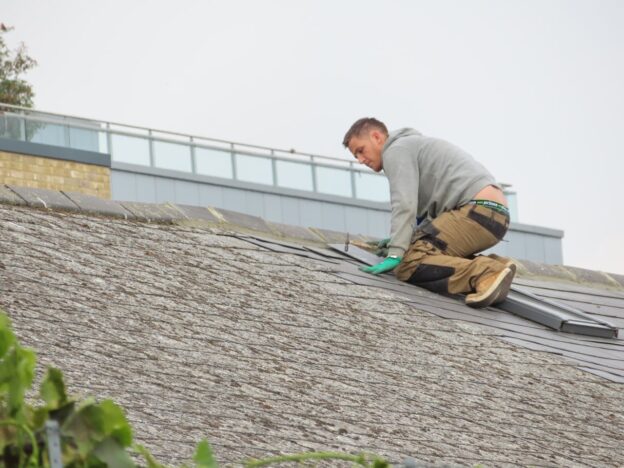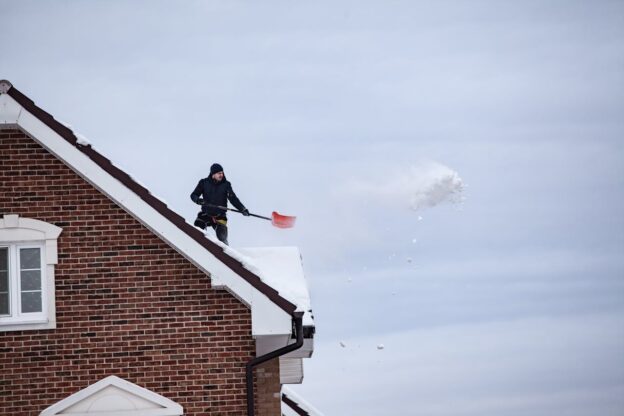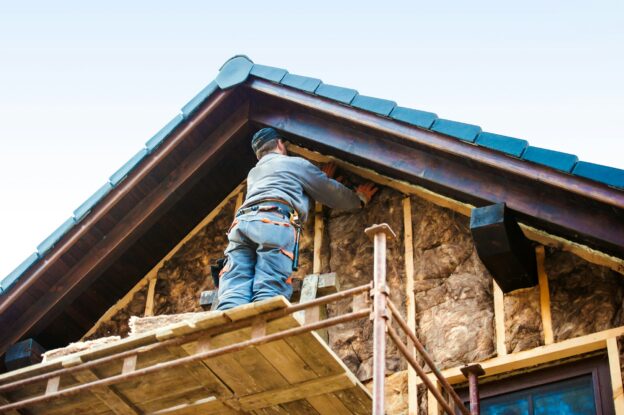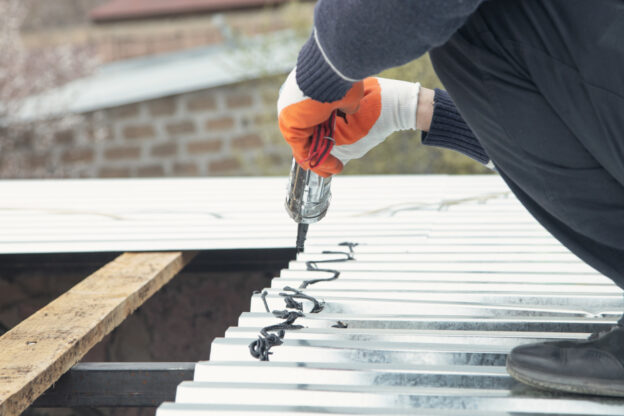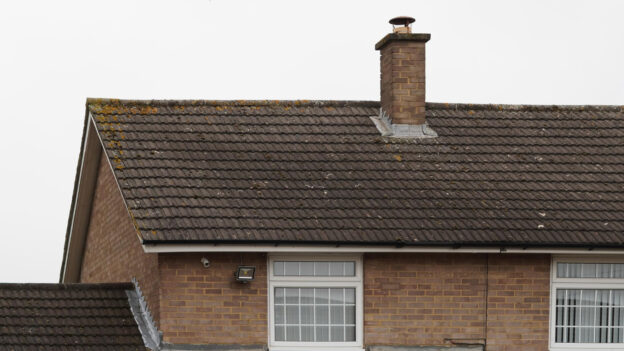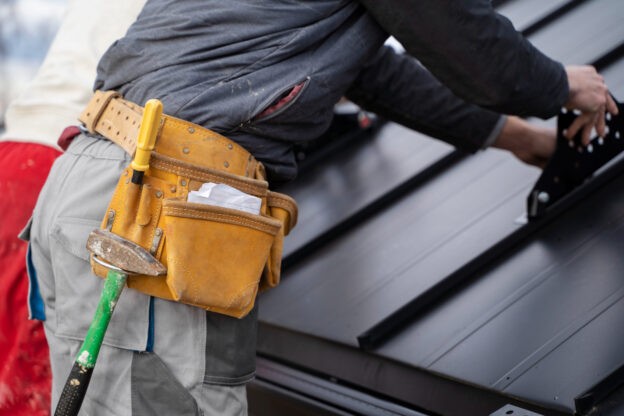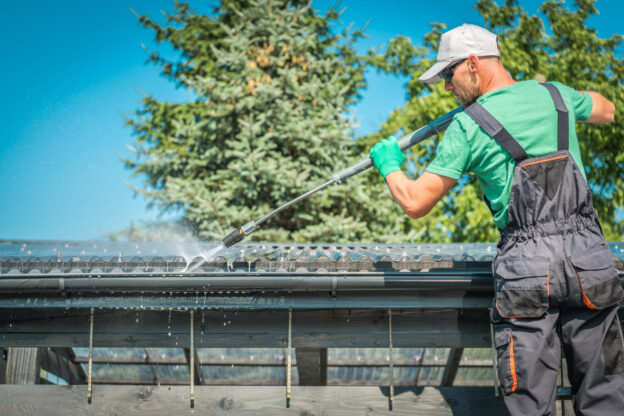Pests sneaking onto your roof might seem like a minor issue, but these little invaders can cause big problems if left unchecked. From squirrels to insects, these critters can damage your shingles, insulation, and even the structure of your home. Keeping pests at bay is essential to maintaining the health and longevity of your roof.
By understanding the signs of a pest problem and taking preventive measures, you can protect your roof and minimize any potential damage. Simple actions like sealing gaps and keeping the roof clean can go a long way in preventing infestations. Learning about natural and chemical deterrents can also be beneficial in ensuring these pesky visitors stay away for good.
Our guide will explore ways to block access points and keep your roof in the best shape possible. By taking these steps, you can enjoy a pest-free environment and avoid costly repairs down the road.
Understanding Common Roof Pests
Roof pests can cause significant issues for homeowners if left unchecked. Knowing the types of pests that commonly target roofs is the first step in protecting your home. Birds, squirrels, raccoons, bats, and insects are among the frequent intruders that can damage your roof’s structure and insulation. Birds often nest under eaves, causing blockage and potential leaks. Squirrels and raccoons are known for chewing through roofing materials, creating openings for more pests to enter. Insects, such as termites and carpenter ants, can weaken wooden structures, leading to costly repairs.
Being aware of the signs of pest infestations can help you address issues before they escalate. Look for nests, droppings, and chewed-up materials around your roof. If you notice a sudden increase in noise or activity from small animals in your attic or roof space, it’s worth investigating further. Keep an eye out for visible signs of damage, such as loose shingles or small holes in the roof. These problems can indicate that pests might be making your roof their home.
Prompt identification and action are vital to prevent pests from causing extensive damage. By understanding the common roof pests and their behaviors, you can better protect your home and maintain a safe environment.
Prevention Techniques to Keep Pests Away
Preventing roof pests starts with proactive measures to deny them entry and maintain your roof’s integrity. One of the most effective prevention techniques is sealing entry points and gaps. Check for cracks and holes in the roof, around vents, and near chimneys. Use wire mesh or sealant to cover these gaps and stop pests from entering. Proper screening on vents and soffits can also keep insects and small animals at bay.
Regular roof cleaning and maintenance play a crucial role in keeping pests away. Remove debris, such as leaves and twigs, that can attract nesting birds and rodents. Clean gutters to prevent blockages that may serve as habitats for insects. Conduct routine inspections to spot any early signs of pest activity or roof damage that could become future entry points.
Consider trimming overhead tree branches to discourage animals from accessing your roof. Trees can provide easy access for pests and give them shelter. By maintaining a clear perimeter around your home, you make it less inviting for pests to settle on your roof.
Implementing these prevention techniques helps preserve your roof’s condition and ensures that your home remains a safe and pest-free environment. With a little effort and regular upkeep, you can deter unwanted visitors and safeguard your investment.
Using Natural and Chemical Deterrents
When it comes to keeping pests away from your roof, both natural and chemical deterrents can be effective if used properly. Natural repellents provide several benefits: they are eco-friendly, safe around pets and children, and usually easy to apply. Essential oils like peppermint or eucalyptus can keep insects and rodents at bay since many pests dislike these scents. Spraying a solution of essential oils mixed with water along the roofline and problem areas can discourage pests from settling.
If natural solutions are insufficient, you might need to consider chemical options. Chemical deterrents come in various forms, such as sprays, granules, and traps. These are generally more potent and can handle severe infestations where natural methods fail. It’s important to follow the application instructions carefully to avoid harming the environment or your household. As a rule of thumb, only use chemicals when you have a clear understanding of the problem and have ruled out less invasive methods.
It’s best to consult with a pest control expert to determine the most suitable course of action for your roof’s specific pest issues. Using the right mix of natural and chemical deterrents can provide a comprehensive defense against unwanted intrusions.
Conducting Regular Inspections for Early Detection
Conducting regular inspections is essential for catching potential problems early on. Inspections help identify signs of pest activity before they turn into severe infestations. When inspecting your roof, prioritize safety: use a sturdy ladder, avoid walking directly on fragile roof sections, and wear appropriate footwear for traction.
During inspections, look for telltale signs like nests, droppings, or gnawed materials. Check for loose shingles, gaps, or damaged flashing that could serve as entry points for pests. The attic space should not be overlooked, as it’s an area where pest activity is often most apparent.
Knowing when to call a professional is crucial. If you notice signs of a large infestation or extensive damage, it’s best to seek expert help. Professionals possess the necessary tools and expertise to safely assess and mitigate pest issues without further harming your roof.
Regular roof inspections are a proactive measure that can save time and money while ensuring your home’s safety and integrity. Early detection is key to preventing long-term problems and maintaining a pest-free roof.
Conclusion
Overall, keeping your roof in great condition involves a thoughtful approach to pest management. By understanding common roof pests and investing in prevention, you can protect your home from damage and unpleasant surprises. Routine inspections and using the right deterrents help maintain the integrity of your roof and keep it safe from intruding creatures.
If you’re looking for professional advice or need help with pest-proofing your roof, Sutter Roofing can provide the expertise you need. With our experienced team, we ensure that your home remains secure and free from unwanted guests. Reach out to us today to learn more about how we can support your Sonoma roofing and pest prevention needs.


